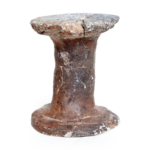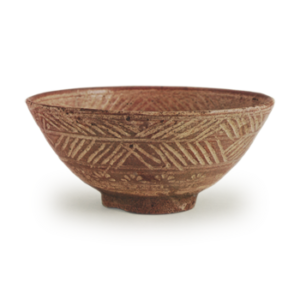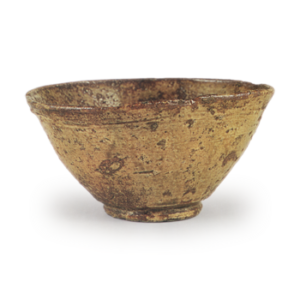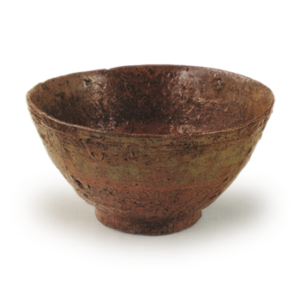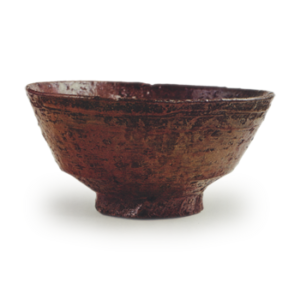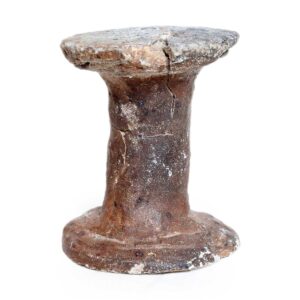
One of the kiln tools. Same as tochim. Also apply the characters for tochin, etc. This word is used in Kyoto.
Because the floor of Hizen climbing kilns was not flat but sloping, or because the bottom of the kiln did not rise in temperature, the tochin was first placed on top of the pottery and the pottery was fired away from the bottom.
If the vessel was large, it was placed in the middle of the tochin and fired.
This kiln tool is also called “clay pots” or “clay pots. When firing pieces one on top of the other, clay balls were sometimes made and placed between the pieces to prevent the glaze from melting and sticking to the pieces or to the hama, or rice husks, shells, or sand left over from water-sieving were sometimes placed between the pieces.

